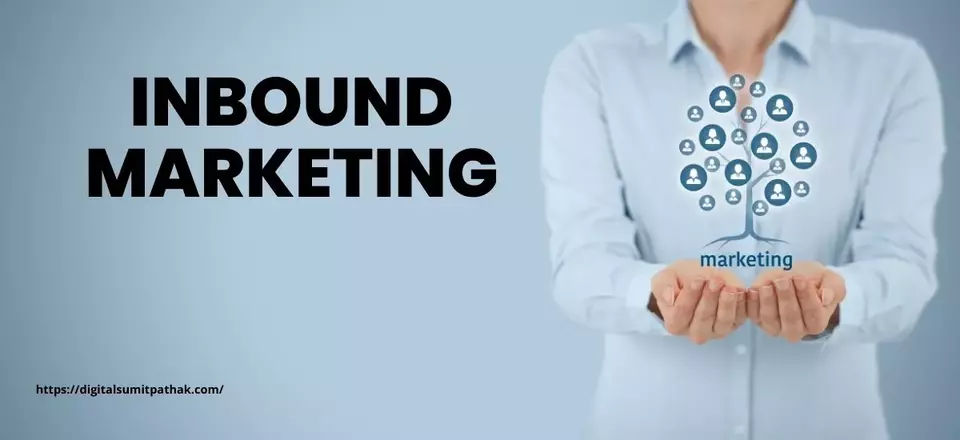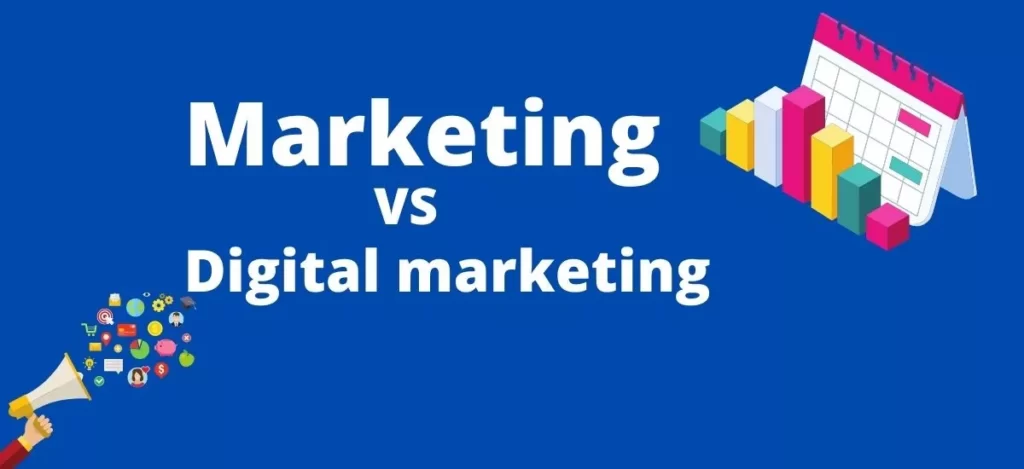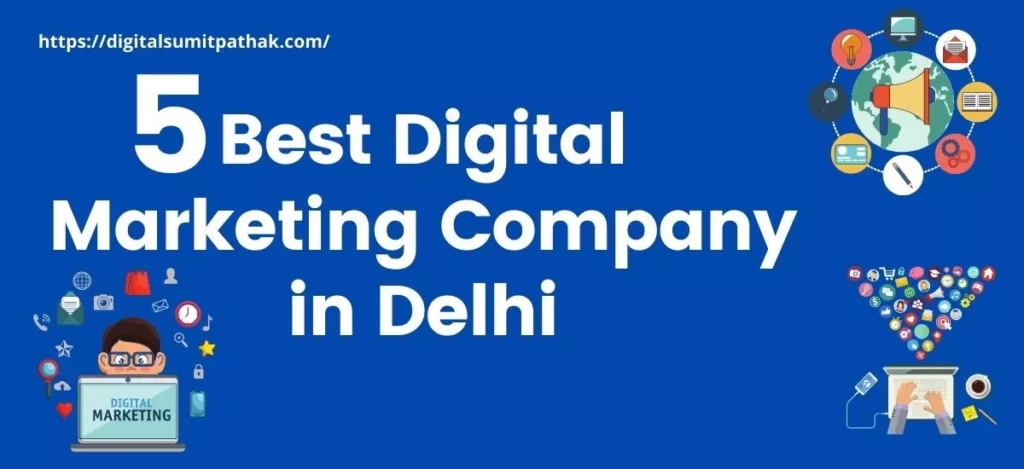Traditional marketing consists of “disturbing” the audience to get their attention (Outbound Marketing). But the web is here to change the game. Faced with this “interruption”, Attraction Marketing or Inbound Marketing encompasses a variety of tactics to attract consumers through relevant and useful information.
Basically, “Inbound Marketing” is about “attracting”, that is, how the consumer will reach a certain product or service as opposed to the traditional model of “Outbound Marketing”, which is based on “disturbing” the consumer to draw attention to a product or service.
FUNCTIONS OF INBOUND MARKETING
The online world imposes new conditions (in terms of scope, volume, immediacy, and hypermedia) that make inbound marketing have to articulate some very specific functions:
It involves creating relevant and optimized content and promoting it among our target audience. This requires investigating our buyers’ online habits and media participation and finding the keywords they use to find content, (website, blog).
HOW IS INBOUND MARKETING?
Communication is not hierarchical: It does not occur from top to bottom, but horizontally. The brand or company, compared to its consumers, is just one more in a community with an interest. It becomes an important figure in the community that depends on what you tell them. Must read If you do not know about The Unconventional Guide to Marketing and Digital Marketing
Communication is two-way: It’s just as important, or even more important what you say to your potential customers, in attraction marketing you don’t sell yourself, but talk, learn, and suggest.
There is no moderator: It is the community itself that moderates and enforces the rules. And the brand must not only accept but join them. You must speak the same language.
WHAT ARE THE PILLARS OF INBOUND MARKETING?
1. DEVELOP A MARKETING STRATEGY WITH CLEAR OBJECTIVES.
Taking a closer look at your budget can reveal actions that didn’t yield results. Consider using the amounts involved to carry out Inbound Marketing projects and reach 70 million internet users.
2. MAKE (AND MAINTAIN) A WEBSITE/BLOG
As the centerpiece of all online marketing and lead generation activity. It is very important that it is easy to navigate, professional, search engine friendly, mobile-friendly, and easy to update.
3. GENERATE TRAFFIC
The more traffic, the more opportunities there are for visitors (or consumers of content) to become potential customers.
Some ways to increase traffic to your site:
- Blog: create content of interest to your audience, whether in text, video, photos, podcasts, etc. As content increases, the number of pages indexed in search engines also increases, which means more opportunities to find you.
- A blog increases your site traffic by an average of 55%. In addition, the contents represent an excellent opportunity to improve reputation and demonstrate expertise in certain topics.
- Social media. Join the conversation, make the content shareable and easy to interact with. A good social media marketing strategy increases by an average of 63%.
- IF THE. Identify keywords for your business and optimize around those keywords. Please note that 46% of daily searches are for information about products and services and that 20% of monthly Google searches are for local businesses.
- CPC Sponsored Links Campaigns generate quality traffic to your website. But remember that 70% of users click on organic results.
Enjoy and check out our guide on how to increase visits to your website, they are all tried and true tips. And if you are just a beginner and want to know 10 Important On-Page SEO Tips For Beginners
4. CONVERT TRAFFIC AND CONTACTS
The process:
- Create landing pages (landing pages) to better collect information from potential customers.
- By filling out the form, the user can access the offer, receive an automatic welcome email and enter the CRM system as a potential customer.
- Make site-wide calls to action (CTA) to encourage users and get more contacts.
5. CONVERT CONTACTS INTO SALES
Now we can generate leads and thus a database of potential customers, but now we need to evaluate how to turn them into real customers to later start a loyalty campaign with them.
For conversion into sales, we can use actions like email marketing, which should be segmented and personalized as much as we can, we can use performance capture technology to help us identify what they like to send information that is more likely to sell.
6 – MEASURE THE ACTIONS
All actions can and should contain success metrics so that their efficiency can be accurately evaluated.
All planning must be based on tangible metrics, which can consider where and how your online presence will be and the reason for each action. Define and track these metrics and quickly change the course of action to correct any issues.
I hope these tips help you start 2022 with a new marketing tool, which promotes word of mouth and above all helps your customers to buy your products and services, developing relationships with them.
Inbound Marketing focuses on consumer needs and/or wants, not a business. You want your marketing messages to reach the right people at the moment of the buying cycle, urging them to continue with the next step. The five stages of the buying process are awareness, consideration, purchase preference, repurchase and (luck).
Inbound Marketing focuses on making your website more attractive at every stage of this process. In summary, Inbound Marketing is a process that makes your brand or company more attractive to the neediest audience, don’t try to impose your brand on people’s daily lives.


